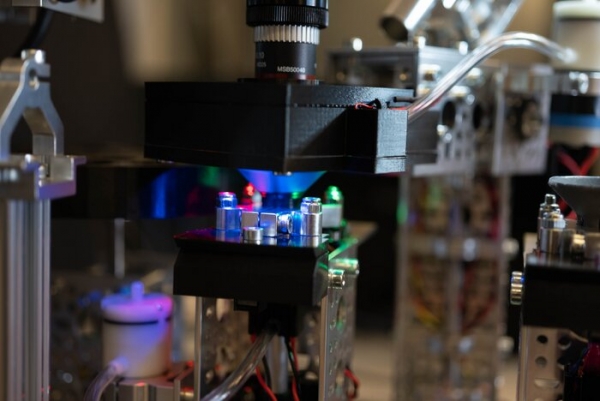Researchers have developed and demonstrated a robot capable of sorting, manipulating, and identifying microscopic marine fossils. The new technology automates a tedious process that plays a key role in advancing our understanding of the world’s oceans and climate – both today and in the prehistoric past.
“The beauty of this technology is that it is made using relatively inexpensive off-the-shelf components, and we are making both the designs and the artificial intelligence software open source,” says Edgar Lobaton, co-author of a paper on the work and an associate professor of electrical and computer engineering at North Carolina State University. “Our goal is to make this tool widely accessible, so that it can be used by as many researchers as possible to advance our understanding of oceans, biodiversity and climate.”
The technology, called Forabot, uses robotics and artificial intelligence to physically manipulate the remains of organisms called foraminifera, or forams, so that those remains can be isolated, imaged and identified.
Forams are protists, neither plant nor animal, and have been prevalent in our oceans for more than 100 million years. When forams die, they leave behind their tiny shells, most less than a millimeter wide. These shells give scientists insights into the characteristics of the oceans as they existed when the forams were alive. For example, different types of foram species thrive in different kinds of ocean environments, and chemical measurements can tell scientists about everything from the ocean’s chemistry to its temperature when the shell was being formed.
Read more at North Carolina State University
Image: Researchers have created a robotic, autonomous system -- called Forabot -- Researchers that sorts, manipulates, and identifies microscopic marine fossils. The technology automates a tedious process that plays a key role in advancing our understanding of the world’s oceans and climate – both today and in the prehistoric past. The image here shows the section of Forabot that photographs individual fossils so that they can be identified, using artificial intelligence. (Credit: Edgar Lobaton and Thomas Marichatto)


